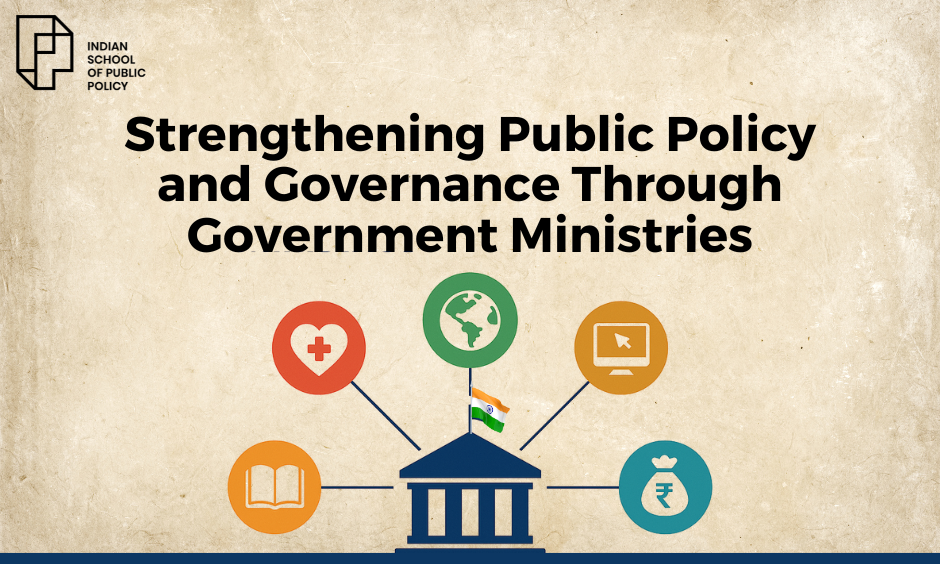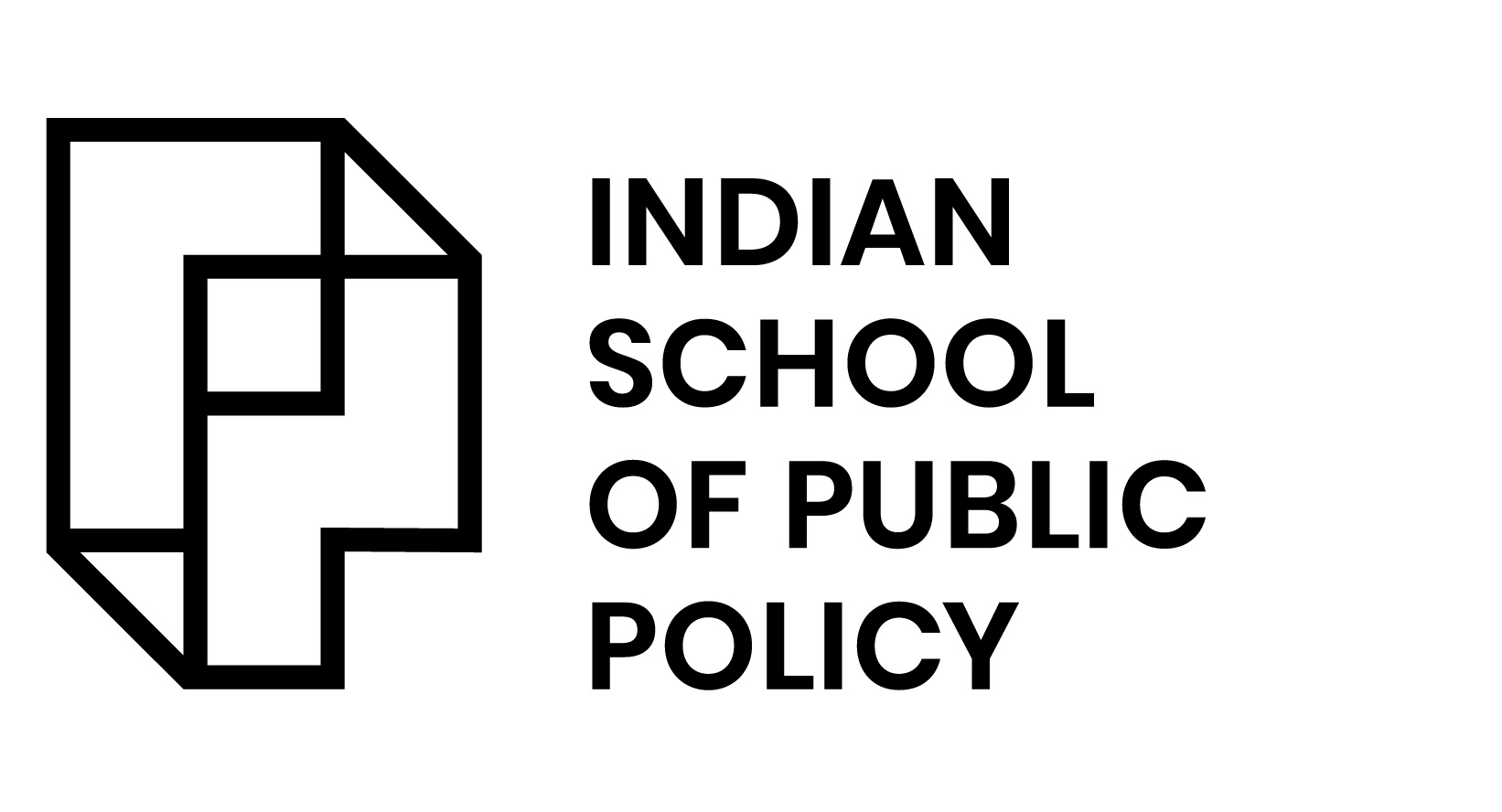
Strengthening Public Policy and Governance Through Government Ministries

In an increasingly complex and interconnected world, effective public policy and governance are vital for national progress. From addressing climate change and healthcare to education and digital transformation, the scope and scale of modern governance challenges are immense. At the heart of navigating these challenges lie government ministries – the engines that translate political vision into actionable policies. Strengthening these institutions is essential for ensuring responsive, transparent, and citizen-centric governance. This blog explores how ministries function, the challenges they face, and the reforms needed to enhance their effectiveness in shaping India’s future.
Understanding the Role of Government Ministries in Policy Ecosystems
In parliamentary democracies like India, government ministries operate as the administrative branches of the executive. Each ministry is responsible for developing and implementing policies in specific areas, such as health, education, finance, or rural development. These ministries operate under the leadership of a Cabinet Minister and are supported by civil servants who manage policy design, budgeting, implementation, and monitoring.
For instance, the Ministry of Education plays a pivotal role in rolling out the National Education Policy (NEP), while the Ministry of Health and Family Welfare has been at the forefront of managing public health crises, including the COVID-19 pandemic. These ministries coordinate with allied departments, statutory bodies, and state governments to implement reforms that directly impact citizens’ lives.
Key Challenges Faced by Government Ministries
Despite their centrality, ministries often grapple with structural and operational bottlenecks:
- Siloed Functioning: Ministries frequently operate in isolation, leading to policy overlaps or inconsistencies. For example, urban development and transport policies may conflict due to poor inter-ministerial coordination.
- Limited Data Usage: Many ministries lack access to integrated, real-time data systems, hampering their ability to assess ground realities or measure policy impact.
- Capacity Constraints: Skill gaps in areas such as policy analysis, behavioural science, and data management hinder effective decision-making.
- Bureaucratic Inertia: Traditional administrative hierarchies and reluctance to embrace change can slow down reform efforts.
- Centre-State Coordination: In India’s federal setup, many policies require close collaboration between the Union and state governments, which is often challenging due to political and logistical misalignments.
Strengthening Ministries: What Needs to Change
To empower ministries and unlock their full potential, a multipronged reform agenda is required:
- Capacity Building: Regular training in data analytics, behavioural insights, systems thinking, and public communication can equip bureaucrats to make more informed and agile decisions.
- Improved Coordination: Establishing inter-ministerial task forces, digital dashboards, and unified policy platforms can enhance synergy across departments.
- Evidence-Based Policymaking: Encouraging partnerships with research institutions, think tanks, and universities can bring data and academic rigor into government decision-making.
- Technology Integration: Platforms like Aadhaar, IndiaStack, and PM Gati Shakti offer models for leveraging digital infrastructure to streamline policy delivery.
- Citizen-Centric Design: Embedding participatory governance mechanisms and public consultations ensures that policies are grounded in people’s lived experiences and needs.
Global Models and Best Practices
Around the world, several countries have established innovative governance models that effectively address complex public policy challenges. These examples offer valuable lessons for strengthening governance structures and improving policy delivery:
- UK Cabinet Office: The UK Cabinet Office is integral to driving cross-departmental coordination and reform. Its role involves overseeing the delivery of government priorities, managing public sector reform, and ensuring that policies are consistent across ministries. The Cabinet Office facilitates strategic decision-making, supports cross-government projects, and helps ensure that the government operates efficiently. One of its hallmark initiatives, the Government Digital Service (GDS), has been instrumental in transforming the delivery of public services through digital platforms, reducing bureaucracy and enhancing citizen access to government services.
- Singapore’s Public Service Division: Singapore’s public service is known for its efficiency and innovation. The Public Service Division plays a central role in ensuring that Singapore’s civil service remains agile, responsive, and focused on long-term strategic goals. By maintaining a lean administrative structure and continuously investing in capacity building, the division ensures that public servants are well-equipped to address the evolving needs of citizens. Initiatives like the Smart Nation programme aim to leverage technology and data to create a more connected and efficient government, offering an excellent example of how governments can integrate technology with citizen-centric services.
- Chile’s Budget Office (DIPRES): Chile’s Budget Office, known as DIPRES, is an exemplary model of evidence-based budgeting. It ensures that fiscal discipline is maintained while providing transparency in the allocation of public funds. DIPRES uses detailed analysis to ensure that each public spending decision is based on solid data and aligned with the country’s economic priorities. This focus on accountability and data-driven decision-making has allowed Chile to maintain fiscal stability and optimise government expenditure in key areas such as education, health, and infrastructure.
- India’s Aspirational Districts Programme: The Aspirational Districts Programme, launched by the Government of India, aims to uplift the country’s 112 most underdeveloped districts. This initiative is an excellent example of integrated governance where data, collaboration, and local innovation are central to transforming these districts. By focusing on improving key development indicators such as health, education, and infrastructure, the programme leverages technology and data to track progress and ensure that interventions are effective. This multi-stakeholder approach—bringing together the government, local leaders, civil society, and private sector—has shown significant improvements in various districts, making it a model for inclusive governance.
The Role of ISPP in Building Future Public Leaders
The Indian School of Public Policy (ISPP) is playing a pivotal role in shaping the next generation of governance professionals. Through a curriculum that blends academic theory with hands-on policy training, ISPP equips students with the analytical, economic, and behavioral tools needed to navigate complex governance challenges.
Scholars engage in policy labs, real-world case studies, and internships within government ministries, enabling them to develop a practical understanding of public administration. ISPP’s emphasis on data literacy, stakeholder engagement, and ethical leadership prepares its graduates to contribute meaningfully to institutional reform and effective governance across ministries.
Effective governance begins with empowered ministries. As India aspires to become a $5 trillion economy and address pressing challenges from climate change to employment, ministries must evolve into agile, data-savvy, and citizen-focused institutions. This requires sustained investment in capacity, technology, and cross-sectoral collaboration.
Academic institutions like ISPP, in partnership with government and civil society, have a vital role in fostering the next wave of reform-minded public leaders. Together, they can lay the foundation for a more responsive, transparent, and inclusive governance framework that truly delivers for every Indian citizen.


